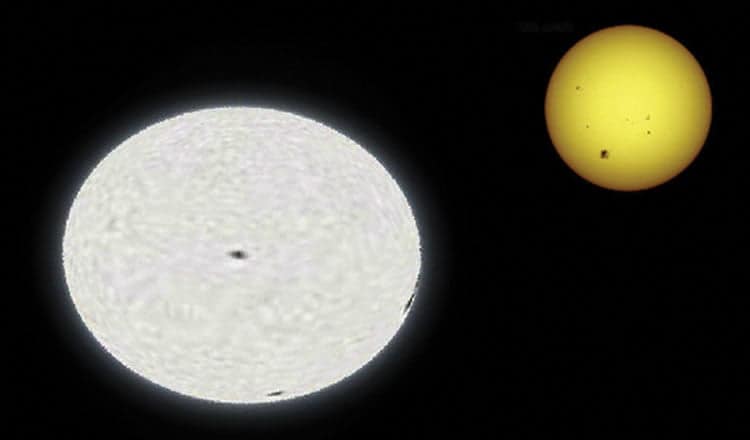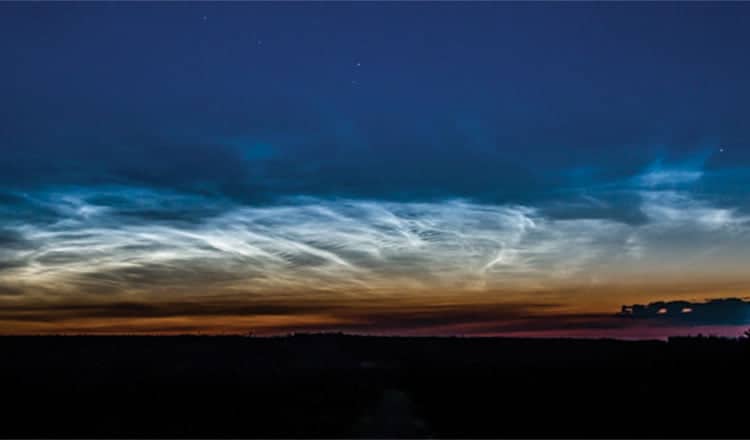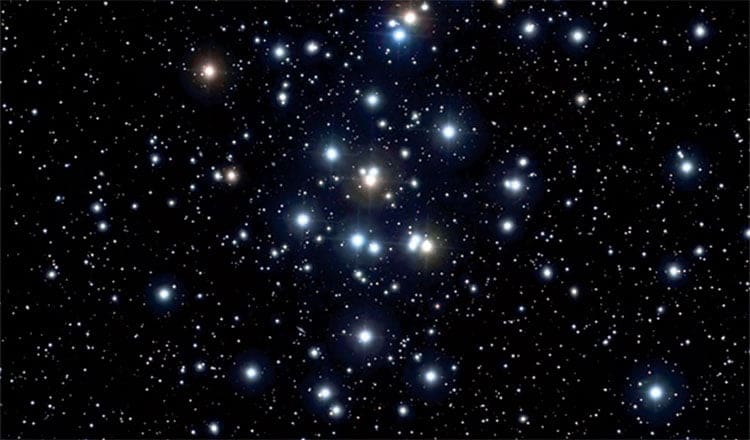While we were waiting for Comet PanSTARRS to arrive in our skies, we had a chance to get up to the Grey Mountain lookout point. We have not been out to this observation site yet this year, so I was a little apprehensive about the road. But the road is reasonably well ploughed, and was fine even in a small car.
Our favourite weather websites, including Whitehorse Clear Sky Clock, all agreed that there would be three hours of clear, cloudless, sky.
The weather computers were having an off day, and with a full moon there was not going to be much in the way of observing deep objects like galaxies, and nebulas. The moonlight was bright enough you could read a star chart without a flashlight.
A full moon is about the worst time for viewing through any kind of telescope. That being said, it was a great sight, and it gave me a chance to try out my side-by-side mount, which is when you mount two telescopes together: one being used as a guide scope, and the other one with camera attached to it for long exposure photography.
This technique also lets you observe the same object in two different telescopes, at two different magnifications. For example, in one telescope you can see the entire Orion Nebula, and surrounding region of space, while in the other you can look into the Trapezium star cluster, an actual star factory deep inside the Orion Nebula itself.
Jupiter was nicely placed in the night sky with four visible moons. Due to the full moon the cloud bands on Jupiter could not be seen, but it was still a curious sight.
We had been on site less than an hour when a big black wall of clouds made itself known, and began to move into our viewing area.
I quickly grabbed my camera and snapped a few pictures of the moon. Even though the clouds were moving in, the pictures turned out as good as could be expected.
And now for the most hyped comet of the year, Comet International Scientific Optical Network (ISON), discovered by two Russian astronomers in September 2012. Presently it is out by Jupiter’s orbit and appears to have a 5 kilometre chunk of rock at its core.
On November 28, this comet will fly through the Sun’s atmosphere a little more than 1,000,000 kilometres from the Sun’s surface.
If the comet survives, it will re-emerge with a huge tail that could be bright enough to be seen briefly in daylight. Many people are calling it the comet of the century, although it’s little bit early to tell yet. Sometimes the Sun destroys the comet entirely with solar radiation, and sometimes they just fizzle out.
By November Comet ISON should be visible underneath the constellation of Virgo and then by the end of November, heading northward from the constellation of Ophiuchus to the constellation Bootes, and Ursa Minor, also known as the Little Dipper.
Comet PanSTARRS is now visible to the unaided eye in the southern hemisphere. For people living below the equator it is disappearing off the horizon, and will soon enter the northern hemisphere. Hopefully we will get some great views, and some amazing photos.
First, the little snowball has to survive the trip around the Sun without disintegrating.
Keep your binoculars and telescopes dusted off. With all this nice warm weather there are plenty of opportunities to view the cosmos in comfort.




